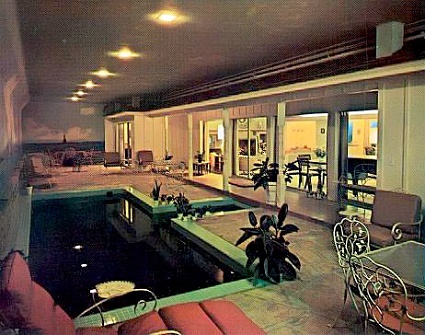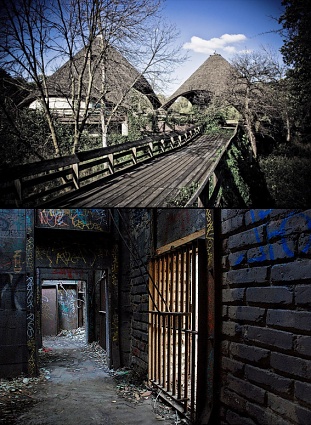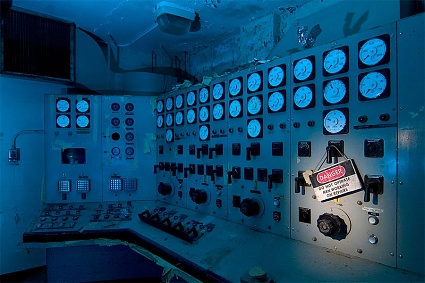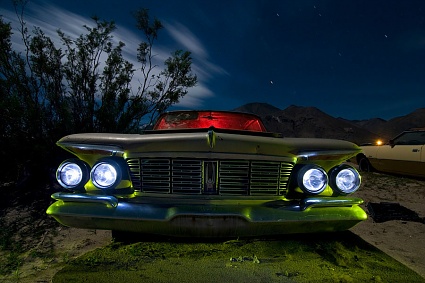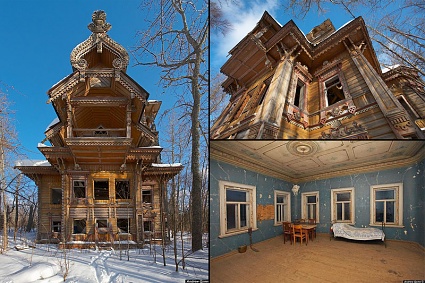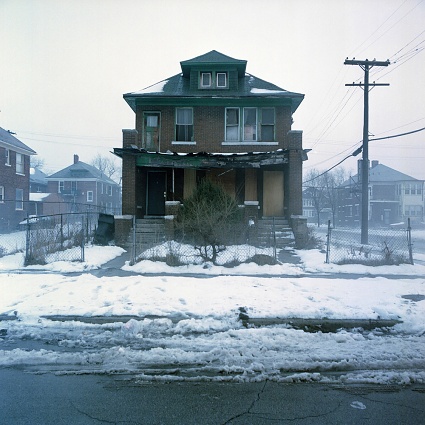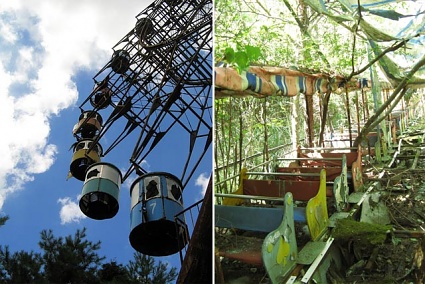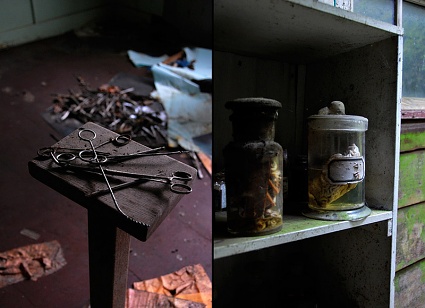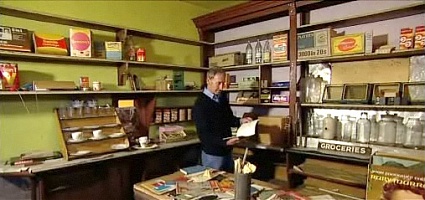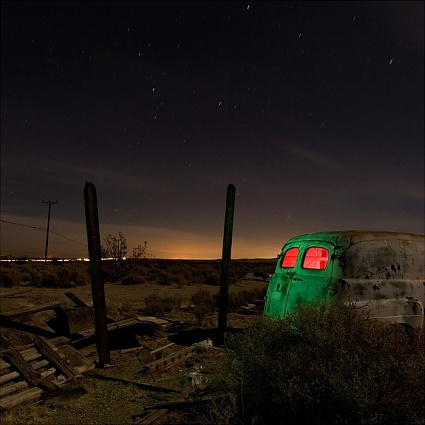Does a completely furnished, midcentury house lie forgotten beneath the soil of a public park in Queens, New York? A handful of optimistic archaeologists aim to find out.
In the wake of the Cuban Missile Crisis, American families became increasingly interested in buying fallout shelters in the event of a nuclear catastrophe. Capitalizing on the craze, home builder Jay Swayze designed a modern upscale home that was completely subterranean, perfect for year-round, radiation-free living. The residence, which Swayze called simply the Underground Home, opened to great media fanfare at New York's famed 1964-65 World's Fair.
The three-bedroom, two-bathroom house included not only complete security and a filtered air supply, but also a swimming pool and selectable daytime/nighttime lighting. You could even change the view by choosing from a variety of "outdoor" murals. ... Continued










